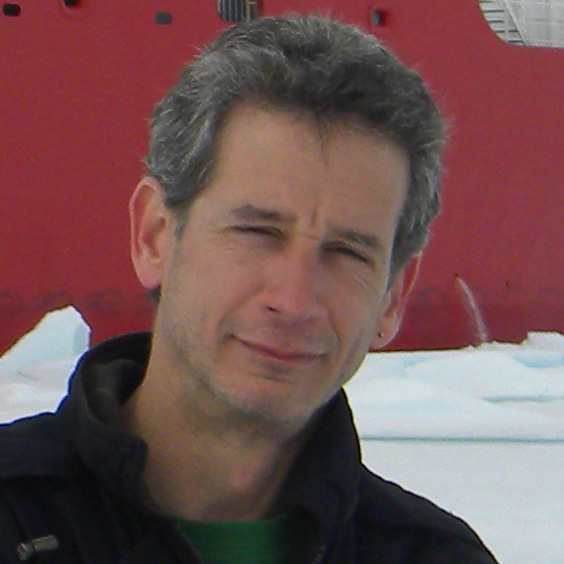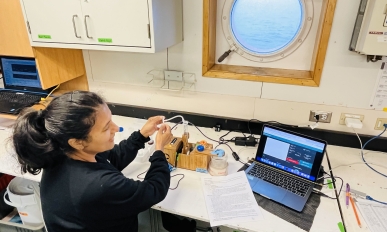Understanding the Massive Phytoplankton Blooms Over the Australian-Antarctic Ridge
The Australian-Antarctic Ridge phytoplankton bloom is one of the most concentrated and largest blooms in the Southern Ocean and one of only three large blooms that consistently develop within offshore waters of the Antarctic Circumpolar Current, yet we know almost nothing about the processes driving it. Perhaps significantly, this bloom is located directly above two hydrothermal vents that are known to release large amounts of trace metals such as iron. The primary objective of this proposal is to combine remote sensing, modeling, and fieldwork to identify the physical and chemical processes responsible for delivering dissolved iron to the site of the recurring Australian-Antarctic Ridge bloom and characterize the biological and biogeochemical responses by the bloom to that iron input.
More Information About This Project





